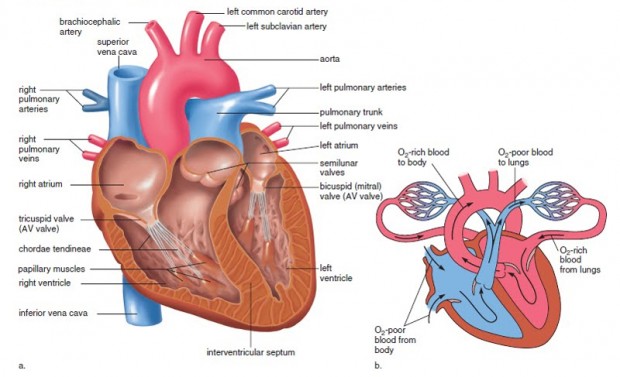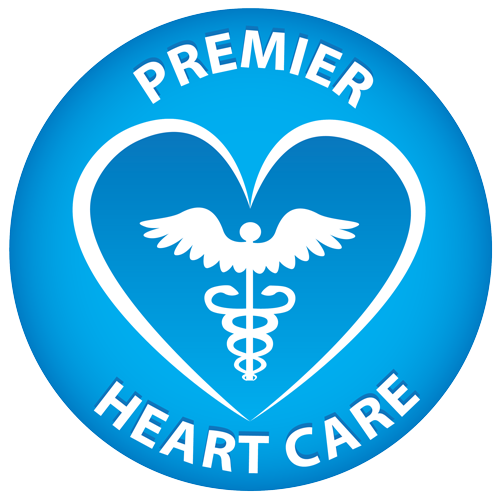Why is the heart compared to an engine or a pump?
The cardiovascular system consists of the heart and blood vessels (arteries and veins). The heart is the engine of this circulation system. It pumps blood through the arteries to all the organs of the body. The organs extract nutrients necessary for their function. The blood then returns to the heart through the veins.
What is the function of the atria and the ventricles?
The upper cardiac chambers are known as the atria. The right atrium receives blood from the organs of the body whilst the left atrium receives blood from the lung. The lower chambers (known as the ventricles) pump blood to the organs. The right ventricle pumps blood into the lung. The left ventricle pumps blood to all the organs except the lung.
What is the pressure in the arteries when the heart contracts and relaxes?
The left ventricle is the main pumping chamber. It pumps blood into the aorta and the arterial branches- generating a pressure (blood pressure) which is higher during cardiac contraction (systole) and lower during cardiac relaxation (diastole). The normal aortic systolic blood pressure is less than 120 mmHg and the normal aortic diastolic blood pressure is less than 80 mmHg for healthy adults. (Normal BP < 120/80 mmHg). The aorta branches off into vessels supplying all the organs of the body (heart, head, limbs, abdomen). The blood pressure (BP) in the aorta is equal to the BP in these arteries and is usually measured in the upper limb by a device called a sphygmomanometer.
How much blood does the normal heart pump?
The left ventricle contains approximately 100 mls of blood when filled in diastole and ejects approximately 60 mls during systole. The normal “ejection fraction” is therefore 60%. The cardiac valves ensure that this blood flows unobstructed in one direction (with no leaking). The heart rate and rhythm are controlled at a rate between 60-100 beats per minute at rest increasing to over 100/min during exercise to supply more blood to the active body.
What is the function of the coronary arteries?
The coronary arteries carry oxygen-rich blood, providing energy to fuel the pumping chambers (ventricles). The left anterior descending, left circumflex and right coronary arteries are normally 3-4 mm in diameter. Normal coronary arteries do not have plaques or luminal stenoses.
How is the timing of ventricular contraction controlled?
The heart’s electrical (timer and conduction) system ensures that the heart is stimulated to contract at a rate of 60-100/min at rest in a coordinated manner with the atria contracting before simultaneous contraction of the left and right ventricles.
a. Cardiac Anatomy: The heart has four valves. The mitral and tricuspid valves allow blood to pass from the atria to the ventricles. The aortic and pulmonary valves blood to pass out of the heart.
b. Cardiac Physiology: Diagrammatic representation of the heart allows you to trace the path of the blood through the heart



